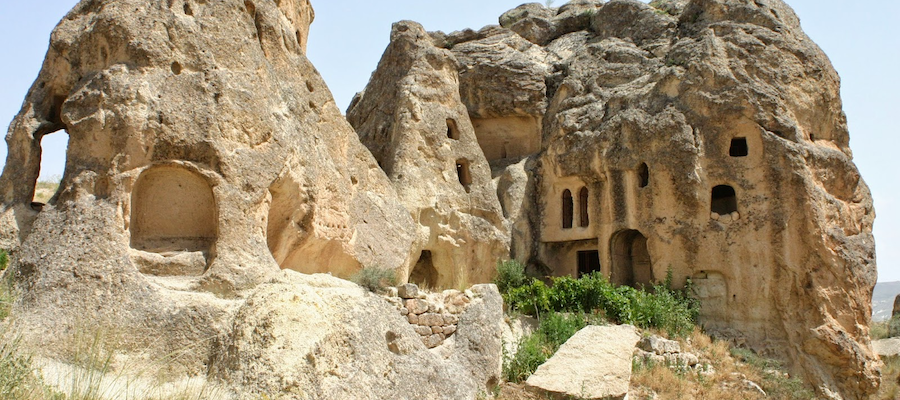Participants
Antje Bosselmann-Ruickbie (Justus Liebig University Giessen)
Session chair
Divna Manolova (PSL-Observatoire de Paris, SYRTE)
Organizer and panelist
Light Representation in Byzantine Cosmological and Astronomical Diagrams
My contribution builds on an examination of the joint medieval Greek manuscript tradition of the didactic poem Phaenomena by Aratus of Soli (d. before 239 BCE) and of the introductory astronomical treatise The Heavens by Cleomedes (after ca. 50 BCE–before 200 CE). Both texts introduced the reader-student to cosmology and elementary astronomy and enjoyed wider circulation in Byzantium from the thirteenth century onwards. During the same period they were also equipped with new exegetical material of a textual, illustrative, and diagrammatic nature. I focus on five key multiple-text manuscripts from the Palaiologan period and study diagrammatic representations illustrating the presence and/or absence of light (e.g., eclipse diagrams, diagrams of lunar phases). By analysing the diagrams’ geometrical idiom and its employment for the expression of light’s colour, brightness, directionality, and source, in my paper, I interrogate the relationship between theories of vision and the diagrams’ design as preserved in a corpus of late Byzantine manuscripts. Finally, I also address the question about the ways, in which diagrams and other graphic elements of discourse (e.g. layout) contributed to the formation of knowledge about light.
Shannon Steiner (Independent Scholar)
“From Where Do Stones Receive Fiery-Brightness?”: Illuminating Nature and Artifice in Byzantine Enamel
From the ninth to twelfth centuries, Byzantine goldsmiths coerced ordinary glass and metals into masterpieces of cloisonné enamel. These luminous, jewel like objects captured the imaginations of the Empire’s educated elite, who referred to enamel as χυμευτός (chymeutos) and ἔργα χυμευτά (erga chymeuta). This curious term originates in the Greek verb χεώ (cheō, “to fuse, melt”) and the nouns χυμεία (chymeia) and χύμευσις (chymeusis), meaning “alchemy. Chymeutos and erga chymeuta can therefore translate to “alchemical things'' or “alchemical work,” and point to a cultivated association between enameling and the wide-ranging study of physical matter that constituted alchemy in Byzantium. In this paper I consider how “recipes'' for enameling in Byzantine alchemical texts demonstrate an effort among artisans and scholars to understand the mechanics of wondrous light phenomena found in nature, such as phosphorescent minerals and the bioluminescence of aquatic life. Once determined, these mechanics of natural light were artificially reproduced through the enameling process itself in a series of technical operations understood through alchemy as analogous to natural modes of generation. Finally, I argue that extant enameled objects display characteristics of luminosity that reveal deliberate attempts on the part of Byzantine artisans to master, perfect, and ultimately surpass nature’s limits.
Elizabeth Zanghi (Sorbonne Université, Orient & Méditerranée, Centre André-Chastel)
Light, Liturgy, and Landscape in Byzantine Cappadocia
This paper considers both the absence of natural light within Cappadocian rock cut monuments and the role of circadian light on the perception of their exterior sculpted façades. Although the walls of rock-cut monuments could be more easily pierced than those of built architecture, Cappadocia’s rock-cut monuments tend to have very few windows, if any at all. Instead, artificial light is the main source of ecclesiastic illumination. At the same time, natural light is a major factor in the perception of rock-cut Cappadocian architecture; depending on the time of day and on the particular carving techniques that are used to carve the façade of a given monument, light has a distinct effect on how a monument’s exterior fits into the landscape.
The relationship between art, architecture, and light, and landscape in Cappadocian monuments opens questions about the role of light and the absence of light within the practice of the liturgy, and studying the changing nature of natural light throughout the day opens questions about the role that time played in the perception and the vitality of Cappadocia’s monuments. The study of the extremely large corpus of Middle-Byzantine art and architecture in Cappadocia is crucial to understanding provincial Byzantine art and architecture more globally.
